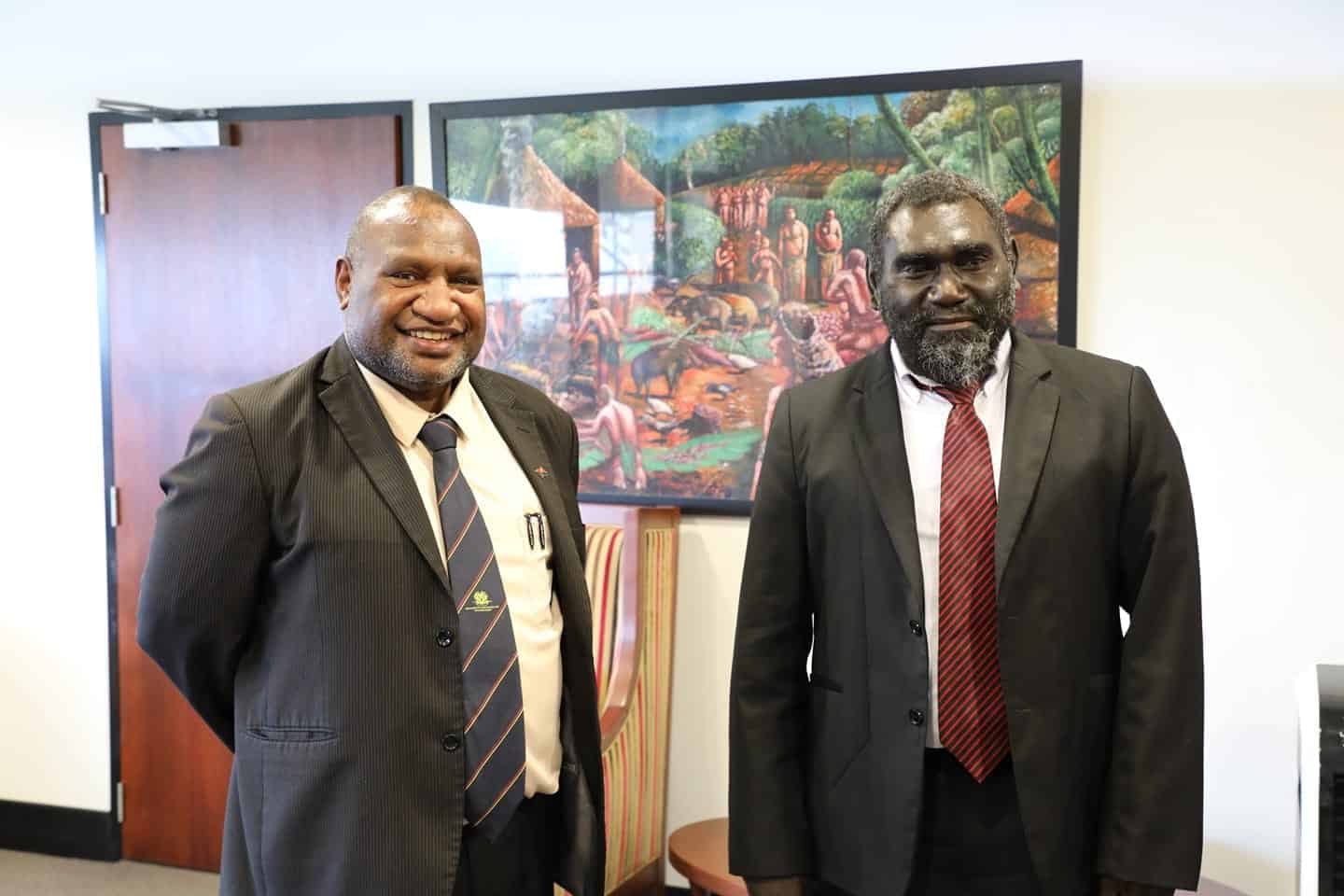Papua New Guinea’s copper- and gold-rich Bougainville region is set to declare independence by 2027, eight years after a landslide vote to secede, its leader said Wednesday.
The region – home to about 300,000 people and a vast, long-shuttered copper and gold mine – voted 97.7% in favour of independence in a 2019 referendum.
But some analysts say it is unclear whether Papua New Guinea will agree to let the region break away anytime soon, and what form its future status will take.
The independence referendum capped a 2001 peace agreement that brought an end to a decade-long war between Bougainville rebels, Papua New Guinea security forces and foreign mercenaries, leaving as many as 20,000 people dead.
In 2021, Bougainville’s rebel leaders and Papua New Guinea’s government agreed on a process that would culminate in a “declaration of independence” by 2027.
“The people have spoken,” Bougainville President Ishmael Toroama told reporters Wednesday on the sidelines of an investment conference in Sydney.
“The political timeline ends up in 2027,” he said, citing the agreement to implement the referendum result sometime between 2025 and that date.
It would be up to Papua New Guinea’s parliament to ratify the independence declaration, he said.
Papua New Guinean Prime Minister James Marape said he could not commit to the 2027 deadline, however, telling AFP in an interview on Tuesday that it was still subject to the parliamentary process.
“I cannot pre-commit the timeline,” Marape said.
Both sides agree there is a need to “clarify”” the parliamentary process, Marape said.
“We have established those milestone timelines, and we give respect to the timeline, but, again, as I said, subject to the parliamentary process.”
Mihai Sora of the Lowy Institute, a Sydney-based think tank, said both sides hoped a recently appointed mediator would offer options to resolve their “irreconcilable positions”.
Options may include full political independence or something “technically just short of that” offering a path to economic development that is acceptable to Bougainville, he told AFP.
Bougainville’s leader Toroama said the region was “looking at reopening” the Panguna mine, which at one point accounted for more than 40 percent of Papua New Guinea’s exports.
It operated between 1972 and 1989 but anger among locals over the environmental damage and distribution of profits triggered an uprising that forced its closure.
The mine is estimated to still hold more than five million tonnes of copper and 19 million ounces of gold — worth billions of dollars at current market prices.
Toroama said there had been “significant progress” this year in redeveloping the mine after an exploration licence was granted to Bougainville Copper Ltd in January.
He predicted “increased on-site activity” at the mine next year and said there was “abundant opportunity” for investment but did not provide a target date for resuming operations.
The mine, once operated by Anglo-Australian mining giant Rio Tinto, still poses environmental concerns, according to a report released this month by environmental group Tetra Tech Coffey.
The Rio Tinto-commissioned study found that tailings from the mine — which run into the Kawerong-Jaba River — had “permanently changed the river system” and it would not “naturally return to how it was before the mine for at least 100 years”.
Meanwhile, Bougainville must be able to fund at least half of its budget if the Pacific archipelago’s aspiration of political independence from Papua New Guinea is to be a success, PNG Prime Minister James Marape said on Wednesday.
Bougainville President Ishmael Toroama is seeking international investors to re-open one of the world’s biggest copper mines, with Marape backing his authority on Wednesday to make business decisions on the mine as the autonomous region travels a pathway to independence.
Bougainville was PNG’s economic powerhouse for two decades until 1989, when a bloody civil war erupted over revenue from Panguna, the world’s third-biggest open cut gold and copper mine and operated by Rio Tinto.
Bougainville voted for independence under a 2001 peace process in a referendum five years ago, but PNG’s parliament is yet to endorse it. A New Zealand mediator was recently appointed on the matter.
“We start with economic independence as a fundamental basis, because once you have the money you are able to sustain,2 Marape said at a resources conference in Sydney.
Bougainville’s internal revenue of seven percent was not sufficient to “get up, get going”, he said. “We need to raise this at the very earliest to about 50 percent of funding.”
Toroama said significant progress had been made this year in redeveloping Panguna, with a copper exploration licence issued in January to Bougainville Copper Limited (BCL), majority-owned by the Bougainville government.
BCL has projected revenue of US$36 billion from the mine over 20 years, with copper an essential input for renewable energy.
An environmental and social impact assessment on Rio Tinto’s legacy mining operation delivered this month was also a key step in re-opening the mine, Toroama said.
“We have to further sign an MOU with Rio Tinto and Bougainville Copper Limited for commencement of works of ageing infrastructure that pose imminent and severe risks to affected communities and further the talks,” he said.
The original mine’s strong revenue flows to PNG came at the expense of local communities and the local environment, resulting in civil unrest exacerbated by political factors that led to a war costing 20,000 lives, Toroama said.
“Bougainville continues to stand out as a lesson, a warning, a reminder of what not to do in resource sector development,” he added.
